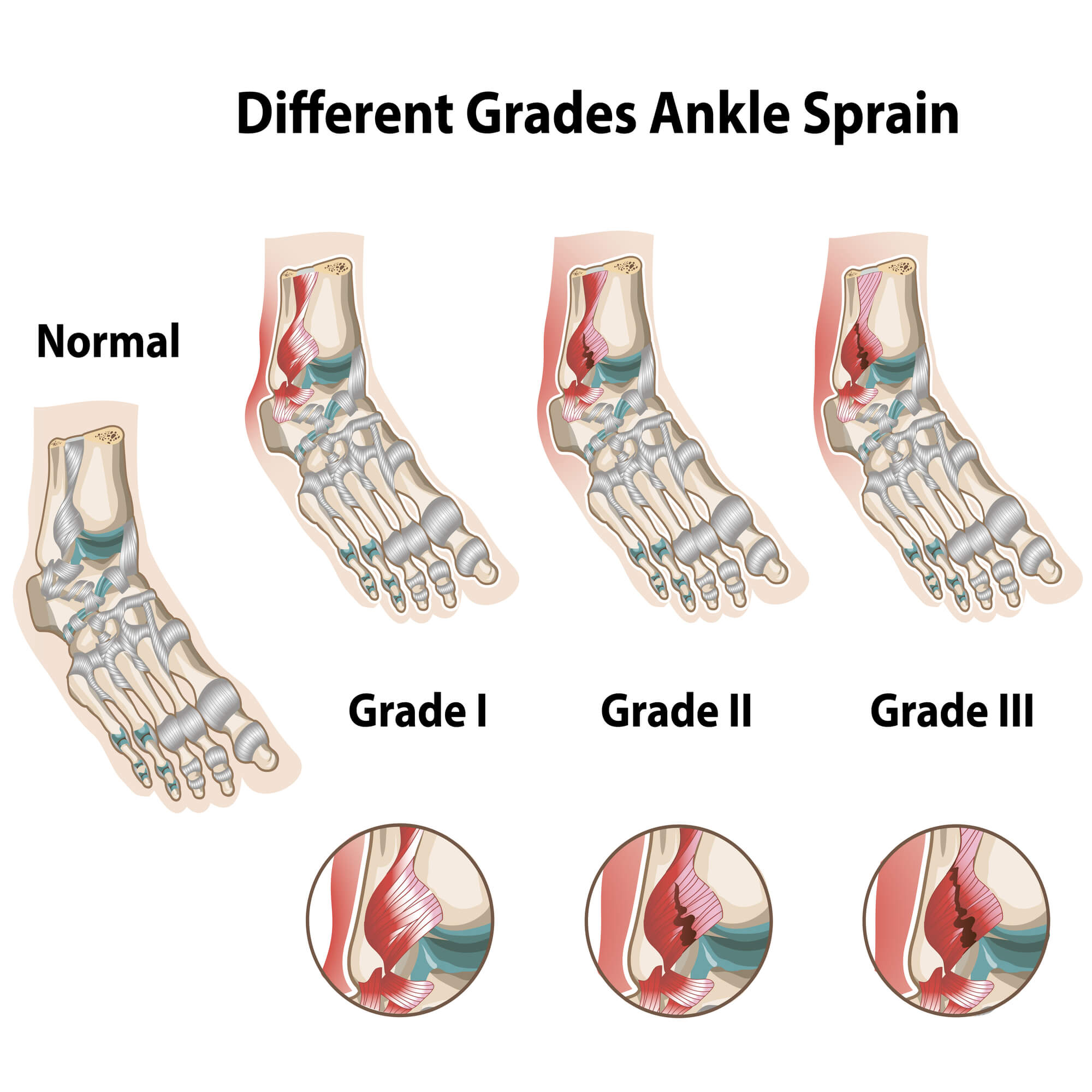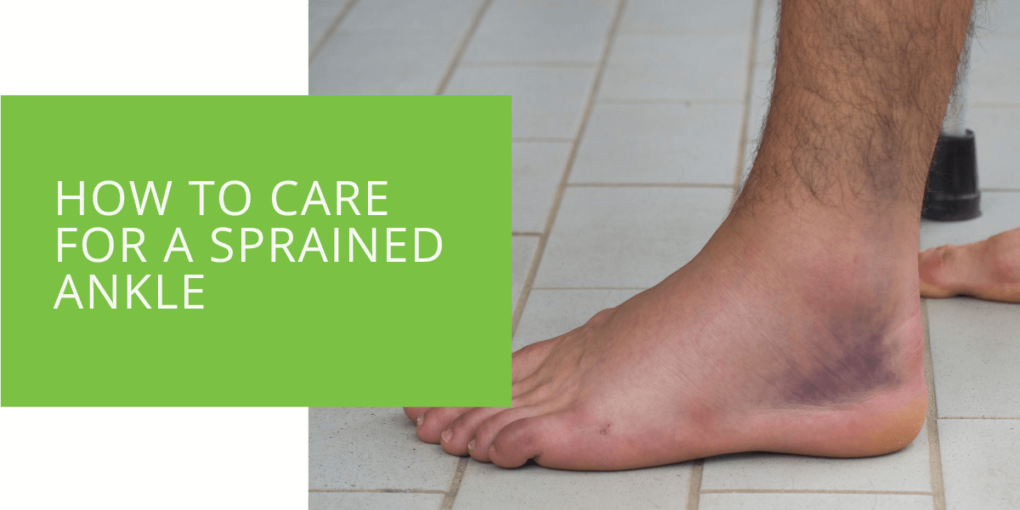How to Care for a Sprained Ankle
A sprained ankle is a common injury that occurs when the ligaments in the foot and ankle are stretched or torn. It can happen to anyone, but it is particularly common among athletes and people participating in sports. If you have a sprained ankle, taking the proper steps to care for it and promote healing is important. This article will cover everything you need to know about sprained ankles, from immediate care to rehabilitation and recovery.
What is a Sprained Ankle?
A sprained ankle is an injury to the ligaments in the ankle. Ligaments are tough bands of tissue that connect the bones in your foot and ankle together. You stretch or tear one or more of these ligaments when you sprain your ankle. This can cause pain, swelling, and instability in the ankle joint.
There are different degrees of a sprained ankle, depending on the severity of the injury. A mild sprain may involve only a small tear in the ligament, while a severe sprain can involve a complete tear or even a dislocation of the ankle joint.

Immediate Care
If you suspect that you have a sprained ankle, it's important to take immediate action to reduce pain and swelling. The R.I.C.E. method is a common approach used for ankle sprains. It stands for rest, ice, compression, and elevation.
- Rest: As soon as you sprain your ankle, it's important to stop what you're doing and rest the injured ankle. You should avoid putting weight on it or participating in activities that could further the injury.
- Ice: Applying ice to the injured ankle can help reduce pain and swelling. You can use an ice pack or a bag of frozen vegetables and wrap it in a towel before applying it to the ankle. Apply ice for 20-30 minutes, several times a day, for the first 48 hours.
- Compression: A bandage or compression sock can help to reduce swelling and support the ankle.
- Elevation: Keep your ankle elevated to reduce swelling. Prop it up on a pillow or cushion while sitting or lying down.
It's also important to seek medical attention if you suspect you have a sprained ankle, especially if the pain and swelling are severe. A podiatrist or sports medicine doctor can help determine the extent of the injury and recommend the best course of treatment.

Rehabilitation and Recovery
Once you've received a diagnosis and proper treatment, the next step is rehabilitation and recovery. This may include physical therapy exercises to improve strength and range of motion in the ankle and assistive devices such as crutches or a brace.
- Physical therapy: A physical therapist can help you develop a rehabilitation program tailored to your specific injury and needs. They may also recommend exercises to help prevent ankle instability and improve strength and range of motion.
- Assistive devices: Depending on the severity of the sprain, your doctor may recommend that you use crutches or a walking boot to help keep weight off the injured ankle. They may also suggest a brace to help support the ankle and prevent re-injury.
Following your doctor's instructions and any physical therapy recommendations is important to ensure proper healing and recovery.
Prevention
To help prevent sprained ankles, it's important to address any underlying issues that may make you more susceptible to injury. This may include:
- Weak ankle muscles: Strengthening your foot and ankle muscles can help improve stability and reduce your risk of injury.
- Improper footwear: Wearing shoes that fit properly and provide adequate support can help to prevent sprained ankles.
- Lack of stretching: Stretching before participating in any physical activity can help to warm up the muscles and reduce your risk of injury.
It's also important to be aware of your surroundings and avoid hazards that could cause a sprained ankle, such as uneven surfaces or slippery floors.

When to Seek Further Medical Attention
While most sprained ankles can be treated with self-care and rehabilitation, there are some cases where further medical attention may be necessary. If you experience any of the following, it's important to seek medical attention right away:
- Signs of infection: If your ankle becomes red, swollen, or warm to the touch, or if you develop a fever, you may have an infection and should seek medical attention immediately.
- Worsening symptoms: If your pain or swelling increases or your ankle becomes increasingly unstable, it's important to seek medical attention.
- Failure to improve: If your ankle isn't healing properly or you do not see improvement with self-care and rehabilitation, it's important to seek medical attention.
- Possible need for surgery: A severe sprain may require surgery to repair or reconstruct the damaged ligaments.
Conclusion
A sprained ankle can be a painful and disruptive injury, but with the proper care and rehabilitation, it can heal quickly. The R.I.C.E. method, physical therapy, and assistive devices like crutches or a brace can help to reduce pain and swelling and promote healing. To prevent sprained ankles, it's important to address underlying issues such as weak ankle muscles, improper footwear, and lack of stretching. It is important to seek medical attention if the pain is severe or if symptoms worsen. It is also important to consult a podiatrist or sports medicine doctor for proper diagnosis and treatment. Proper care and rehabilitation can help you recover quickly from a sprained ankle and help prevent future ankle sprains.

